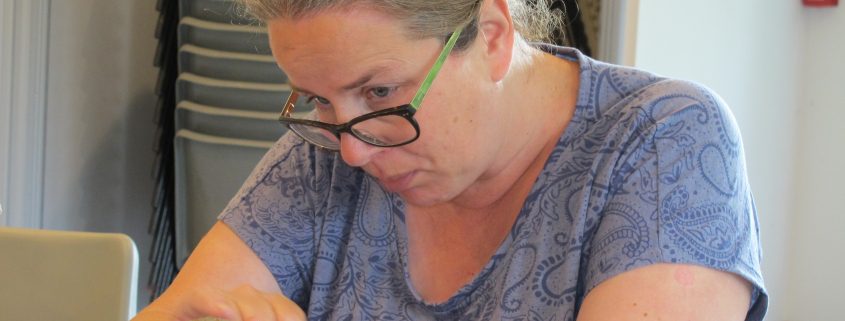The Amazing Upjohns
The founder of what grew into a multi-national pharmaceutical corporation, the first President of the American Institute of Architects, and the executioner of Australian outlaw Ned Kelly: all share the surname Upjohn and similar humble origins in early nineteenth century Shaftesbury. Archivist and Librarian Ray Simpson has created a fascinating display on Shaftesbury-born William and Richard Upjohn, who emigrated within months of each other to the United States and who with their offspring achieved distinction in the fields of pharmacy and architecture. Elijah Upjohn, on the other hand, was transported to Australia as a petty criminal aged 16. His life of crime continued until 1880 when, as a prisoner in Melbourne Gaol, he volunteered to deputise for the regular hangman and conduct the execution of the notorious Ned Kelly. The story of the Amazing Upjohns is free to view outside Gold Hill Museum Library.


